This so-called "zero drift" opamp droops .001V/sec, at temp 85C with a 1 uF cap. If I'm reading the spec correctly, that's 3.6V/hour!
http://www.ti.com/lit/ds/symlink/lf398-n.pdf
Is there a method to store a low current V for up to about 5 hours with drift or droop within my desired resolution of approx 250 ppm, or equivalent 12 bits?
"Low current" meaning mA or uA scale.
The sample rate is between once per second and once per 5 hours.
Prefer to stay in analog domain, because I want to explore and expand my analog knowledge.
The solution should be practical, and use commonly-available components
Digital solutions are ok, but should be code-free, so it's accessible to non coders, and not require a computer to implement, so it's accessible to people who don't own a computer (such as the economically-disadvantaged teens i mentor).
Not asking for specific part numbers, just the basic method.
update:
The manufacturer confirmed that my estimate droop-per-hour is correct. According to the manufacturer, droop is largely influenced by the input bias current of the buffer amplifier and whatever leakage may occur through the switch - not just normal capacitor leakage.
https://e2e.ti.com/support/amplifiers/precision_amplifiers/f/14/p/641041/2365384#2365384
